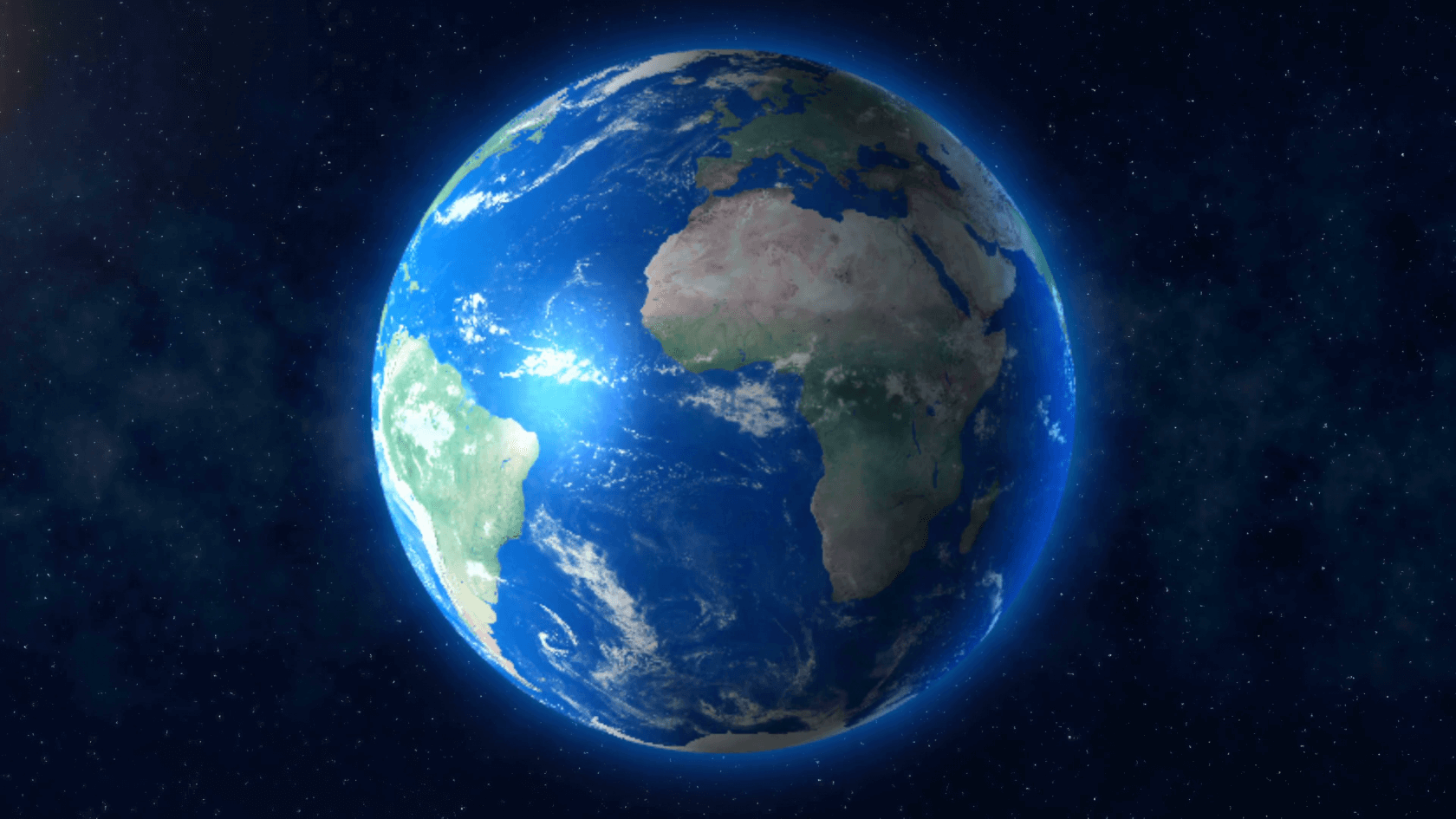In context: Google Earth is one of the oldest Google services out there, first launching way back in 2001. Young adults nowadays will probably remember interacting with the service in their youth, marveling at its capabilities, accuracy, and sense of scale. Google Earth has only gotten better over time, with features like a highly-detailed 3D view, and support for multiple devices; including smartphones and tablets.
As most Google product users know, though, the company is rarely content to leave well enough alone – for better or worse. To further demonstrate that point, the tech giant today announced a handful of new features for Google Earth, which center around "storytelling."
New in-app tools will let Earth users draw lines, shapes, placemarks, and add images or videos to various locations. It will be possible to organize all of these additions into personal stories or globe-spanning maps and then share them with the world (or specific people).
The above video by Google shows how a family, conservationist, and teacher are taking advantage of the new features. The family uses Google Earth to display their family history; showing where various members grew up and how they progressed through the world. The conservationist uses the platform to draw awareness to important environmental causes (rivers, in this case), and the teacher has chosen Earth as the canvas for a project related to the class' increasingly-polluted local lake.
It's unclear how Google plans to combat trolling or digital graffiti, but we suspect this is something Google Earth's engineers have already thought of.
If you want to try the product's latest story creation tools, you can do so by either visiting the Google Earth website through the Chrome browser, or downloading the dedicated Google Earth app on iOS or Android.
